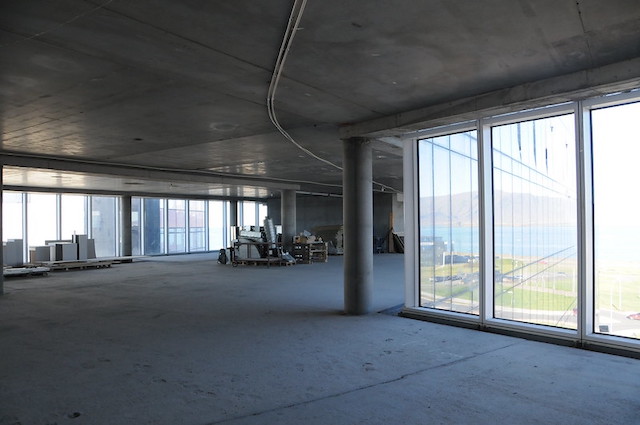“Nobody wants to be in a large, crowded city during a pandemic, but what about afterward? Don’t they miss bright lights? Theater? All-night diners?” asks MoveBuddha, a relocation service. “So far, the answer has been, ‘no.'” The company’s data show that net migration continues to be away from major cities and to small towns and exurban areas.
Click image to review this report.
The only cities over 250,000 that saw positive net in-migration actually prove the rule that people are leaving large, dense cities. Honolulu saw 2.19 in-migrants for every out-migrant, but the city of Honolulu covers the entire island of Oahu, of which only 37 percent is urbanized, so many of those in-migrants may have gone to rural parts of the city. The second-most was Anchorage at 2.17 in-migrants for every out-migrant, but, like Honolulu, Anchorage covers a huge area that is rural. In fact, less than 4 percent of the borough of Anchorage is considered urban. The only other two large cities that are gaining more in-migrants than out-migrants are Tulsa and Charlotte. At fewer than 2,000 people per square mile Tulsa is one the lowest-density big cities in the country (and also one of the most affordable), while Charlotte isn’t far behind at about 2,500 per square mile. Continue reading









